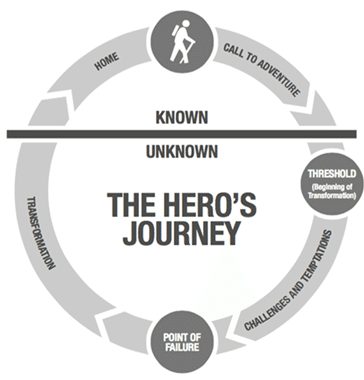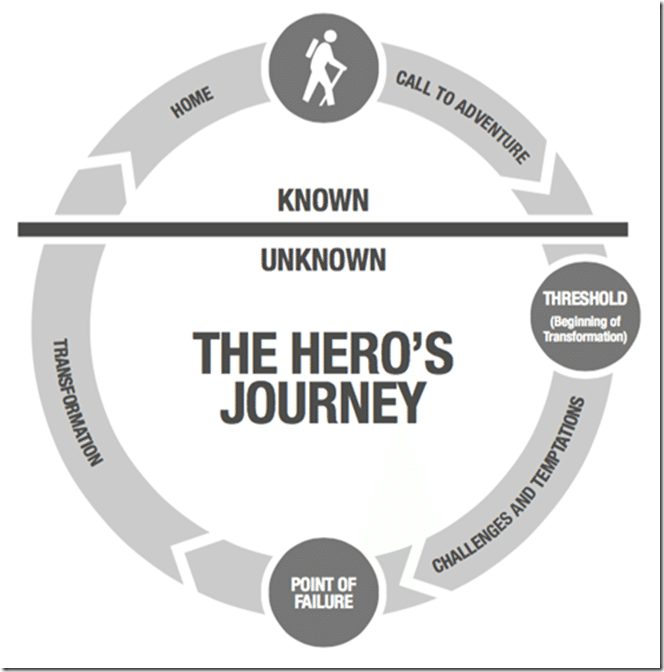Originally posted on June 30, 2016 @ 5:33 AM
Critical Thinking and Questioning in Safety
 Great to read a piece on the Safety Differently site that situates systems within a social and societal context (Thinking Differently about incident investigations). One of the strange things about the tradition of safety is its maintenance of the myth of objectivity, particularly in investigations. Benner’s piece helps us understand that much of what we do is ‘constructed’ and then objectified by the safety industry. The tradition of technicist traditions in the safety industry over time has help create this myth. The belief in objective observations, investigations and policy as if the creator and investigator can be separated from that activity is not possible. This is the valuable contribution of Kuhn, Laktos and post-structuralists to the myth of objectivity. The ownership of subjectivity doesn’t make the world fall apart, just as binary opposition doesn’t provide real certainty in safety. Indeed, keeping one’s head in the sand and imagining there is nothing outside of our boundary doesn’t mean it doesn’t exist. Semiotic boundaries in particular limit learning, investigation and discovery.
Great to read a piece on the Safety Differently site that situates systems within a social and societal context (Thinking Differently about incident investigations). One of the strange things about the tradition of safety is its maintenance of the myth of objectivity, particularly in investigations. Benner’s piece helps us understand that much of what we do is ‘constructed’ and then objectified by the safety industry. The tradition of technicist traditions in the safety industry over time has help create this myth. The belief in objective observations, investigations and policy as if the creator and investigator can be separated from that activity is not possible. This is the valuable contribution of Kuhn, Laktos and post-structuralists to the myth of objectivity. The ownership of subjectivity doesn’t make the world fall apart, just as binary opposition doesn’t provide real certainty in safety. Indeed, keeping one’s head in the sand and imagining there is nothing outside of our boundary doesn’t mean it doesn’t exist. Semiotic boundaries in particular limit learning, investigation and discovery.
This week the group in the Graduate Diploma in The Psychology of Risk Program were challenged to extend their boundaries in learning, that’s what they sign up for and yet in faith, don’t really know what’s next. One can only extend discovery by suspending agenda and opening up to discovery. Holding on to immature constructs and securities limits learning. Often previous boundary objects have to be suspended (unlearned) in order to journey forward. Holding on to secure constructs and security itself limits learning and indeed, makes us more fragile and less resilient. We set boundary objects in our language about learning.
I remember in English 101 studying the earliest novels and having debates about Moll Flanders (http://en.wikipedia.org/wiki/Moll_Flanders) and Pilgrim’s Progress (http://en.wikipedia.org/wiki/The_Pilgrim%27s_Progress). Defoe first published Moll Flanders in 1722 and Bunyan in 1678. How the debate raged between students about which was the first novel. You can read about the debate here (http://en.wikipedia.org/wiki/First_novel_in_English). In Bunyan’s story the main character carries a burden for the whole story till he is eventually unburdened and set free by unlearning. That is, he finally wrestles with himself and his own agendas that he finally realizes have been holding him back. This is not dissimilar to Neo in the Matrix, Luke in Star Wars or Job in the Old Testament literature that illustrate what learning and freedom are about. It is amazing how little has varied in the hero’s cycle (discussed in Following-Leading in Risk ) and illustrated below.
The journey in learning often works by being guided into the unknown and this is where leading starts. Leading doesn’t provide security in binary objects but rather security in relationships. Leadership understands that following is much more about faith, hope and trust than militaristic decision making. What has this got to do with the piece by Benner and Safety Differently?
As long as safety remains secure in the constructs of systems, behaviourism and technicist worldviews it is not likely that it will ever escape from the boundary object of zero or feeling secure about certainty in uncertainty (risk). It is from the traditions of critical and cultural theory that safety has a good opportunity to journey beyond the security of objective safety systems and investigations. Root cause, iCam and any other system of investigation cannot be objective or neutral. Unless one owns one’s own bias, ontology and methodology it is not likely that safety will mature very much or do Safety Differently.
Perhaps the best place to start is not by developing yet another system of safety investigations but rather learning and developing skills in socratic questioning (http://en.wikipedia.org/wiki/Socratic_questioning). In safety, a technicist worldview constrains the very questions that can be asked and hence most questioning in safety leads to blaming. A study of the many so called safety culture surveys on the market demonstrates this eg. Safe Work Australia – Attitudes toward risk.The underlying methodology of this survey and report are constrained by an worldview that delivers its own predictable outcome.
The beginning of ‘thinking differently’ about investigations and safety policy depends on stepping out of old boundaries and engaging in different worldviews about risk.




Do you have any thoughts? Please share them below